With the widespread application of shredders in many fields such as solid waste treatment and resource recycling, more and more companies and individuals have the need to buy shredders. However, there are many types of shredders with different performances. How to buy suitable equipment and ensure its stable and efficient operation is an important issue faced by many buyers. This article will give a detailed introduction to the purchase methods and precautions of shredders to help buyers make wise decisions.
1. Clarify your own needs
Before purchasing a shredder, the first task is to clearly and accurately clarify your own needs, which is the basis and key to ensure that you choose the right equipment.
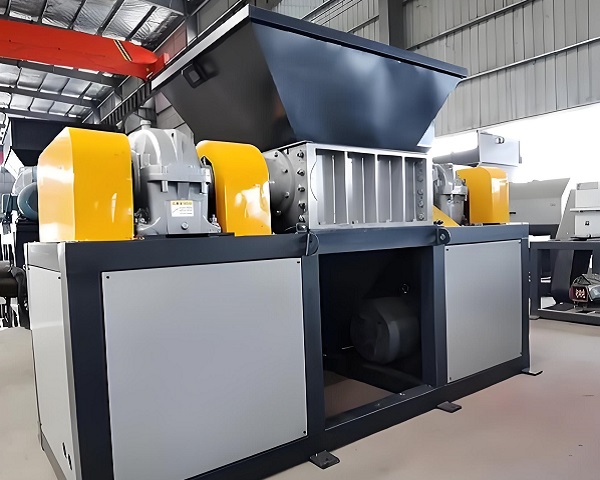
Shredder
a. Determine the type of material to be processed
Different types of materials have significant differences in their physical and chemical properties, and the adaptability requirements of shredders are also different. For example, when dealing with domestic garbage, due to the complex composition of garbage, including plastics, rubber, fabrics, wood and other materials, the shredder needs to have strong versatility and adaptability; while when dealing with scrap metal, it focuses more on the high torque and wear resistance of the equipment to cope with the hardness and toughness of the metal. Therefore, before purchasing, the specific type of materials to be processed must be analyzed in detail and clearly defined in order to select the matching shredder model and configuration.
b. Estimated processing volume requirements
The processing volume is an important indicator to measure the production capacity of the shredder, which is directly related to the selection and investment cost of the equipment. Purchasers need to reasonably estimate the required material processing volume based on their own production scale, production plan, processing cycle and other factors. For example, for large solid waste treatment plants, which need to process a large amount of domestic garbage or industrial solid waste every day, it is necessary to choose a shredder with large processing capacity and high production efficiency; while for small enterprises or laboratories, the processing volume is relatively small, and small and economical shredder equipment can be selected. At the same time, it is also necessary to consider the development and growth of future business, and appropriately reserve a certain amount of processing volume improvement space to avoid the need to replace the equipment in the short term due to failure to meet demand.
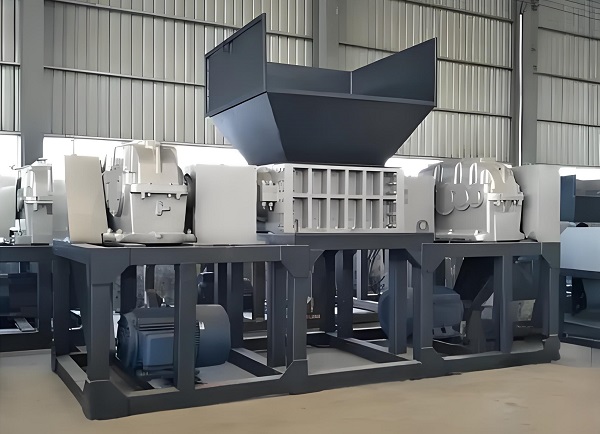
Shredder
c. Understand the finished product particle size requirements
Different application scenarios have different requirements for the finished particle size of shredded materials. In the field of resource recycling, if the crushed materials need to be further separated by sorting equipment in the future, the materials may need to be crushed to a smaller and uniform particle size; in some scenarios where the particle size requirements are not high, such as the initial crushing of domestic waste for transportation, the requirements for the finished product particle size are relatively loose. Therefore, clarifying the finished product particle size requirements will help to select appropriate parameters such as blade design, knife shaft speed, and crushing chamber structure to ensure that the shredder can produce material particle sizes that meet the requirements.
2. Select suppliers
The choice of suppliers directly affects the quality, price, after-sales service and other aspects of the shredder, and is a key link in the purchase process.
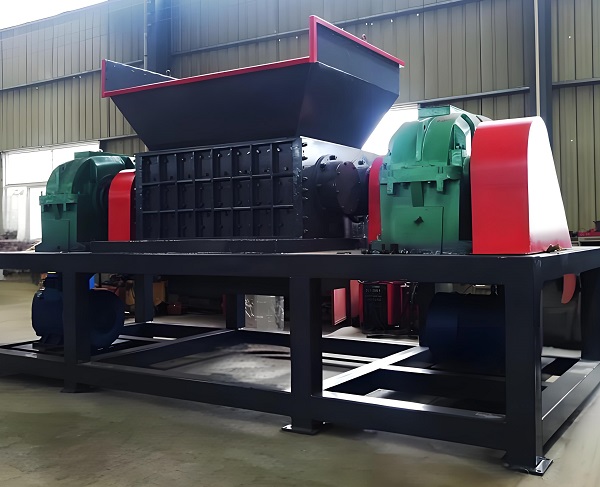
Shredder
a. Investigate the qualifications and reputation of suppliers
Choosing suppliers with legal business qualifications and good reputation is a prerequisite for ensuring purchase safety and equipment quality. Purchasers can understand the legality and standardization of their production and operation by checking the supplier's business license, production license, quality management system certification and other relevant qualification documents. At the same time, you can also collect the supplier's credibility information through the Internet, industry forums, customer reviews and other channels to understand its reputation in the industry and the satisfaction of past customers. Suppliers with many negative reviews, disputes or bad records should be selected with caution.
b. Evaluate the supplier's production capacity and technical level
The supplier's production capacity and technical level directly determine the product quality and performance of the shredder. Purchasers can visit the supplier's production plant on site to understand its production equipment, production process, production scale and quality control system. Advanced production equipment and mature production process can ensure the processing accuracy and stability of the product; a perfect quality control system can effectively ensure that every piece of equipment shipped meets the quality standards. In addition, attention should also be paid to the supplier's technical research and development capabilities to understand whether it has the ability to continuously improve and innovate products and whether it can provide customized solutions according to the special needs of customers.
c. Compare products and prices of different suppliers
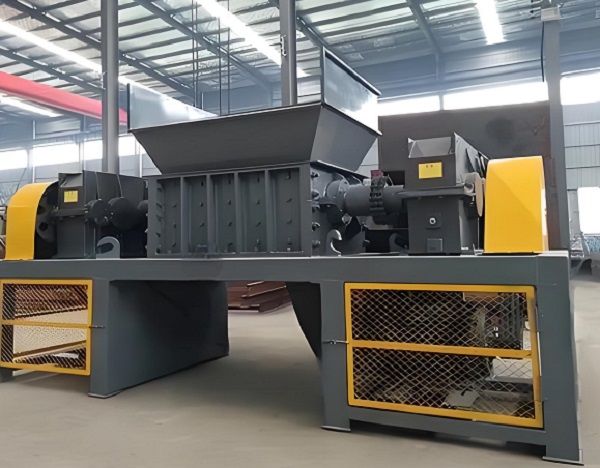
Shredder
When choosing a supplier, you should not only focus on price factors, but also comprehensively compare product quality, performance, after-sales service and price of different suppliers. You can consult multiple suppliers for product information to obtain detailed product information and quotation plans. When comparing products, focus on the quality and brand of the core components of the equipment, such as the knife shaft, blade, motor, reducer, etc.; at the same time, understand the performance indicators of the equipment such as energy consumption, maintenance cost, and service life. In terms of price, be wary of too low price traps, and avoid buying low-quality products for cheapness, which will lead to frequent failures in the later use process, increase maintenance costs and production delay risks.
3. Equipment selection and configuration
According to your own needs and the results of the investigation of suppliers, carry out specific selection and configuration of the shredder.
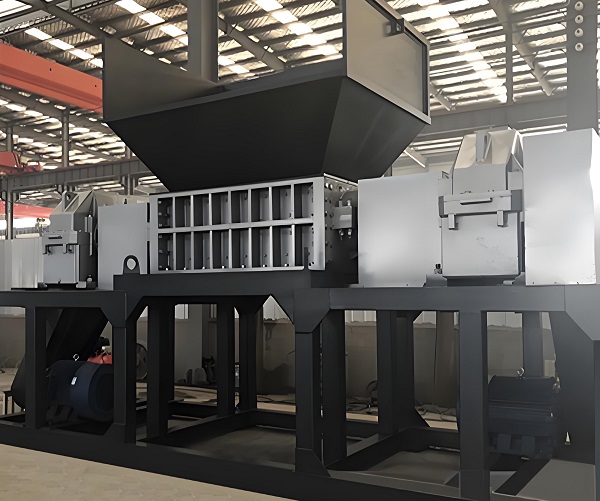
Shredder
a. Choose the right model and specification
Shredders have a variety of models and specifications, and different models of equipment have differences in processing capacity, crushing strength, and external dimensions. Purchasers should select the right model and specification based on the type of processed materials, processing volume and finished product particle size requirements determined in the early stage, combined with the product catalog and technical parameters provided by the supplier. For example, for the demand for large processing volume and high hardness materials, a large torque and large size shredder model can be selected; for places with limited space, the external dimensions and installation requirements of the equipment need to be considered, and equipment of appropriate specifications should be selected.
b. Pay attention to the configuration of core components
The quality and performance of core components directly affect the working efficiency and service life of the shredder. The blade is a key component of the shredder, and its material, wear resistance and sharpness are crucial. High-quality blades are usually made of high-strength alloy steel and undergo a special heat treatment process to improve their hardness and wear resistance. The strength and rigidity of the knife shaft should not be ignored. The knife shaft made of high-quality steel, precision processed and heat-treated should be selected to ensure that it is not easy to deform and damage under high-load operation. In addition, as power transmission components, the power matching, stability and reliability of motors and reducers also need to be focused on. Well-known brands and stable performance motors and reducer products should be selected.
c. Consider the degree of automation and additional functions of the equipment
With the continuous development of science and technology, the degree of automation of shredders is getting higher and higher. Many equipment are equipped with intelligent control systems, overload protection devices, automatic alarm systems and other functions. These functions can not only improve the convenience and safety of equipment operation, but also reduce labor intensity and maintenance costs. Purchasers can choose equipment with appropriate automation and additional functions according to their actual needs and budget. For example, for large-scale production enterprises, equipment with a high degree of automation can realize remote monitoring and automated operation, and improve production management efficiency; while for small enterprises, some basic safety protection and fault alarm functions are more practical.
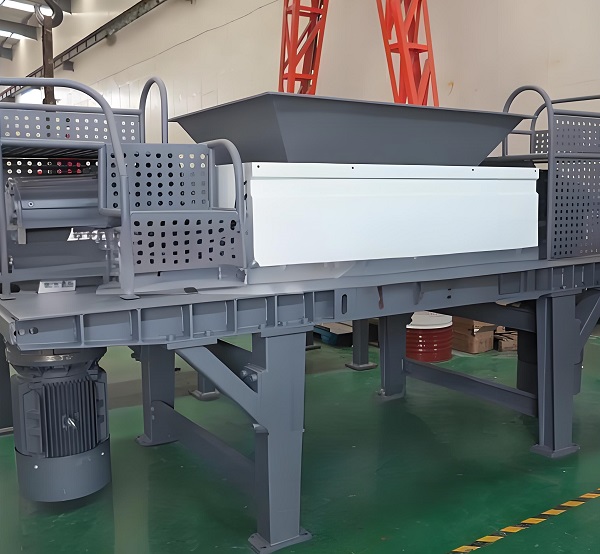
Shredder
4. Contract signing and acceptance
After determining the supplier and equipment selection, enter the contract signing and equipment acceptance stage. These two links are crucial to protecting the rights and interests of the purchaser.
1. Sign a detailed purchase contract
The purchase contract is a legal document that clarifies the rights and obligations of both parties. When signing the contract, the contract terms should be detailed, clear and rigorous. The contract should specify the model, specifications, technical parameters, price, delivery time, delivery location, payment method, after-sales service and other contents of the equipment. The quality standards and acceptance methods of the equipment should also be agreed upon in detail in the contract to avoid disputes in the later stage. In addition, the liability for breach of contract and the dispute resolution method should also be clarified to protect their own legitimate rights and interests. Before signing the contract, it is recommended that a professional legal advisor review the contract terms to ensure the legality and validity of the contract.
2. Strictly carry out equipment acceptance
After the equipment arrives, the purchaser should strictly accept the equipment in accordance with the contract agreement and relevant standards. First, check whether the appearance of the equipment is intact, whether there is damage, deformation, rust, etc.; check whether the model, specifications, quantity, etc. of the equipment are consistent with the contract. Secondly, perform performance tests on the equipment, including no-load operation tests and load operation tests. The no-load operation test mainly checks whether the equipment runs smoothly and whether there are abnormal noises and vibrations; the load operation test tests whether its processing capacity, crushing effect, energy consumption and other performance indicators meet the contract requirements when the equipment is loaded with materials. During the acceptance process, if the equipment is found to have quality problems or does not meet the contractual agreement, it should communicate with the supplier in time and require it to make rectifications or replacements until the equipment is accepted.
5. After-sales service and training
High-quality after-sales service and operation training are important guarantees for ensuring the normal operation and long-term stable use of the shredder.
a. Understand the supplier's after-sales service policy
Before purchasing, you should understand the supplier's after-sales service content and commitments in detail, including the warranty period of the equipment, maintenance response time, and spare parts supply. Choosing a supplier with a complete after-sales service system and timely response can quickly get repairs and support when the equipment fails, reducing production downtime. In addition, you should also pay attention to whether the supplier provides regular equipment maintenance services and technical upgrade services to ensure that the equipment always maintains a good operating state and performance level.
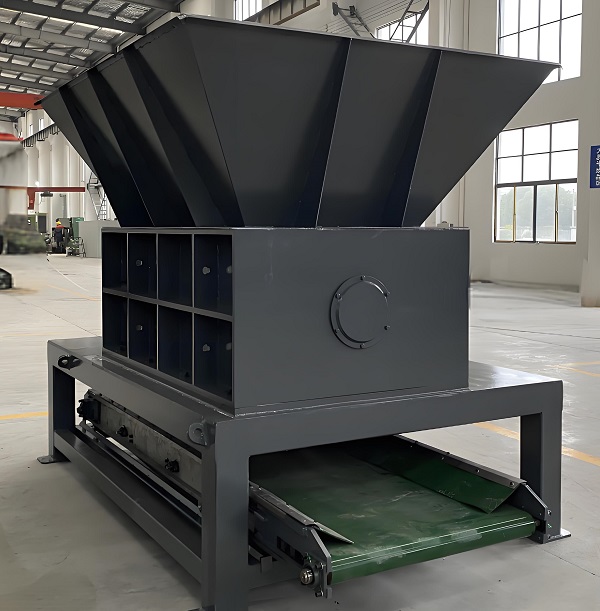
Shredder
b. Receive professional operation and maintenance training
Suppliers usually provide equipment operation and maintenance training services for purchasers. Purchasers should organize relevant operators and maintenance personnel to participate in training to ensure that they are familiar with the equipment's operating procedures, safety precautions, and daily maintenance methods. Through professional training, operators can operate the equipment correctly and improve the efficiency and safety of the equipment; maintenance personnel can promptly discover potential problems with the equipment, perform preventive maintenance, and extend the service life of the equipment.
Purchasing a shredder requires comprehensive consideration and careful decision-making from multiple aspects such as clarifying needs, selecting suppliers, equipment selection and configuration, contract signing and acceptance, and after-sales service. Only by fully understanding the relevant knowledge and precautions can you purchase a cost-effective and reliable shredder, providing strong support for the company's production and operation and resource recycling.